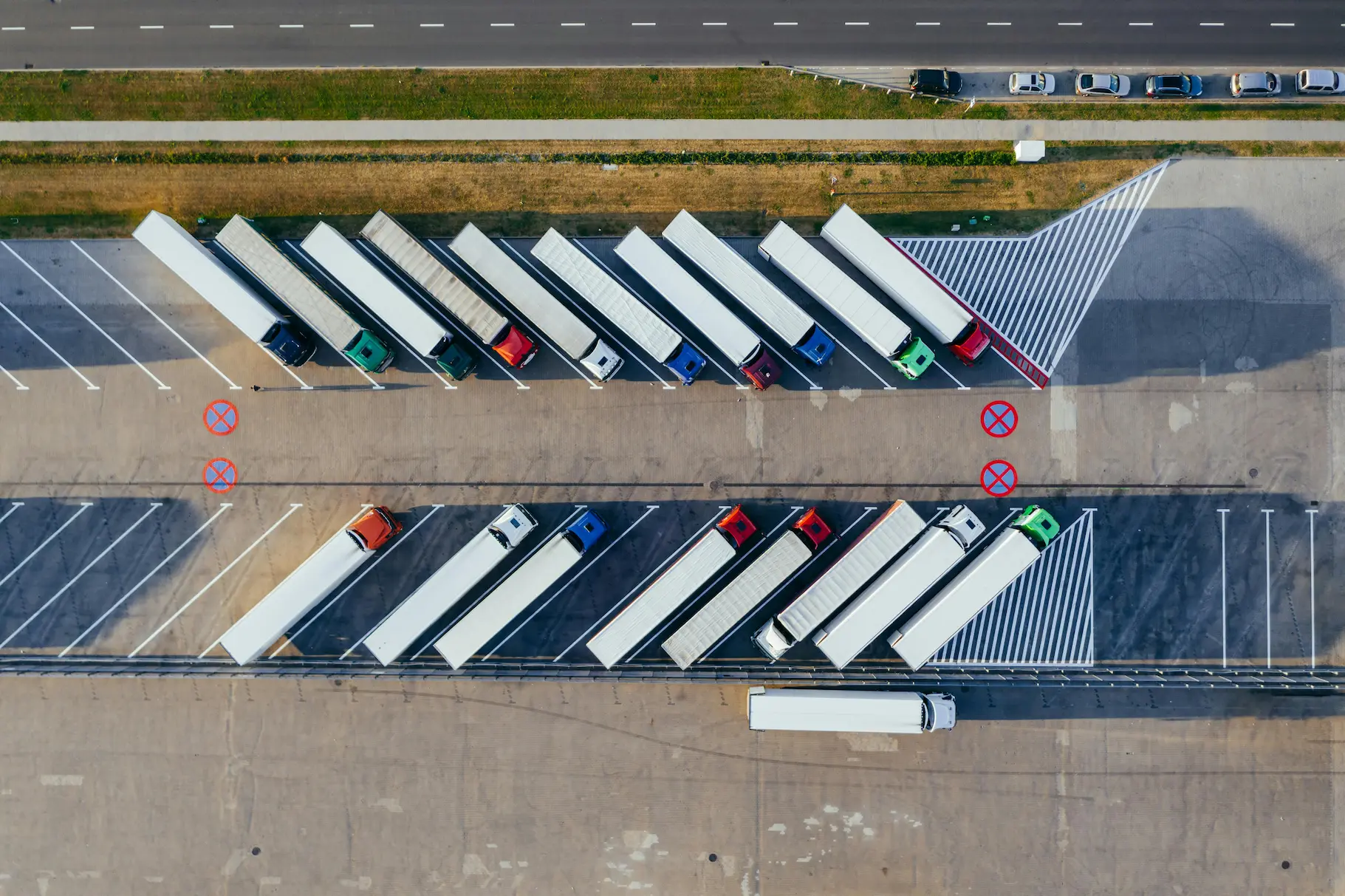EU Taxonomy explained: what is it and what opportunities does it open?
Is the EU Taxonomy an opportunity or simply another compliance requirement? In this article, we explain what the EU Taxonomy is, how it impacts transport and logistics companies, and how you can use it to your advantage.

Some say the EU Taxonomy is the world’s most ambitious green investment rulebook and could direct huge sums of money into fighting climate change. In 2024 alone, companies invested €249bn into Taxonomy-aligned activities and this is set to grow in 2025. But how does it impact transport and logistics companies?
Well, it’ll determine which of your investments—from making your transport fleet fully electric to implementing sustainability-related software—can qualify for certain tax credits, grants, favorable loans, and other funding opportunities. In this article, we’ll explain what the EU Taxonomy is, how it affects you, and the potential opportunities it can open.
In short: what is EU Taxonomy and how does it impact transport and logistics companies?
The European Union (EU) Taxonomy is a classification system that defines which economic activities can be considered environmentally sustainable, and forms part of the European Green Deal. It directs investment toward genuinely sustainable activities and helps prevent greenwashing.
For transport and logistics companies, it determines which investments can qualify for tax credits, grants, and favorable loans, such as:
- Purchasing electric trucks or other low-emission vehicles
- Installing charging stations and clean energy infrastructure
- Implementing carbon accounting software to track and verify emissions
By aligning with the EU Taxonomy, companies can:
- Access green financing and incentives
- Strengthen sustainability credentials
- Differentiate themselves in a fast-changing, low-emission market
Let's now dive into the EU Taxonomy in more detail.
How is the EU Taxonomy linked to the CSRD and VSME?
While the EU Taxonomy sits alongside the Corporate Sustainability Reporting Directive (CSRD), it does not require any separate disclosures or reporting for companies required to report under the CSRD.
The EU Taxonomy is intended to help companies identify and assess the environmental impact of their activities, whereas the CSRD sets out what information companies under its mandate need to publicly report.

However, if the CSRD applies to you then you’ll need to include to what extent your activities are covered by the EU Taxonomy in your annual report, and ensure you comply with the criteria set in the Taxonomy delegated acts.
Likewise, for companies that don’t fall under the CSRD, the EU Taxonomy doesn’t require any extra strict compliance reporting, but it can, of course, help SMEs decide which investments can be classified as sustainable and thus may qualify for tax credits or funding.
What qualifies as a sustainable investment?
To qualify as a sustainable investment, the activity that you’re investing in must contribute to at least one of the following 6 objectives, without negatively impacting any of the other objectives or human rights (i.e. it “Does No Significant Harm”):
- Climate change mitigation
- Climate change adaptation
- Sustainable use and protection of water and marine resources
- Transition to a circular economy
- Pollution prevention and control
- Protection and restoration of biodiversity and ecosystems
Beyond classifying eligible activities by these objectives, activities can be further categorized by three types based on whether they contribute directly to a Taxonomy objective (e.g. electric trucks); only enable other activities that contribute directly (e.g. production of electric trucks); or are transitional (e.g. truck which uses HVO instead of diesel).

Activities must also meet a set of technical screening criteria before they can be considered enabling or transitional. These activities should be referred to as “eligible-to-be-enabling” or “eligible-to-be-transitional” until they have been shown to meet the criteria, the European Commission has said. “Eligible-to-be” may be removed if scientifically proven that the investment is transitional or enabling.
Examples of sustainable investments for LSPs, carriers, and freight forwarders
You can easily see what activities fall under the EU Taxonomy by checking the EU Taxonomy Compass, but examples of sustainable investments for LSPs or carriers include:
- Purchasing electric trucks to replace diesel trucks that have reached the end of their useful asset life
- Installing electric vehicle charging stations at your facilities
- Using lower-emission fuels like HVO as an interim solution
- Implementing data-driven solutions for GHG emissions reductions (just like BigMile carbon accounting software!).
What is the impact of the EU Taxonomy for LSPs, freight forwarders, and carriers?
The EU Taxonomy impacts which of your investments can be classified as environmentally sustainable, and this can have a direct impact on which tax credits, grants, or other funding programs you can qualify for.
Plus, with 75% of European investment firms now having a sustainability policy in place, sustainable investments are likely to be a lot easier to finance, whether that’s via capital investments, loans or debt financing. For example, it should be much faster to get a loan for an electric truck than for a diesel truck.
Above and beyond this, the EU Taxonomy also provides an opportunity for companies to differentiate themselves and demonstrate their commitment to a sustainable future (which in turn helps attract new customers, partners, and investors).
Worked example of how the EU Taxonomy applies to different transport investments
To explain, this example will give some clarity on how to implement these new rules. All companies mentioned below have five old diesel trucks that they need/want to replace.

Company A
Company A reorganizes its logistics flows so that it can replace the trucks with smaller electric buses that can handle all last-mile deliveries. This means they need more buses, but they all run on electricity and thus renewable energy. This investment is in line with the EU Taxonomy and is classified as “Eligible-to-enabling,” making financing relatively easy.
Company B
Company B will purchase new trucks that run on HVO diesel, making them cleaner than the trucks being replaced. This will probably be seen as “Eligible-to-be-transitional”, and financing will be fairly easy to find. Since there are more and more options that emit less CO2 (such as hydrogen or electricity), this option will become more difficult to finance over time.
Company C
Company C wants new trucks that still run on diesel but are more fuel-efficient than the current ones. Company C will probably argue this as “Eligible-to-be-transitional,” as modern diesel engines are cleaner than old ones, thanks to an improved engine. This argument will be hard to defend. Company C will probably have a difficult time finding financial support for this investment.
How carbon accounting can support qualifying your investments under the EU Taxonomy
If you’re trying to qualify investments under the EU Taxonomy, it’s quite possible that the emissions that the proposed activities directly or indirectly emit will be considered as part of the decision. That’s where carbon accounting comes in.
If you’re already using carbon accounting software, then you can easily calculate the actual or forecast emissions of different activities, which can be used to support your claim that an investment qualifies as a sustainable investment.
Want to get started with carbon accounting? Book a demo call with one of our sustainability experts.








